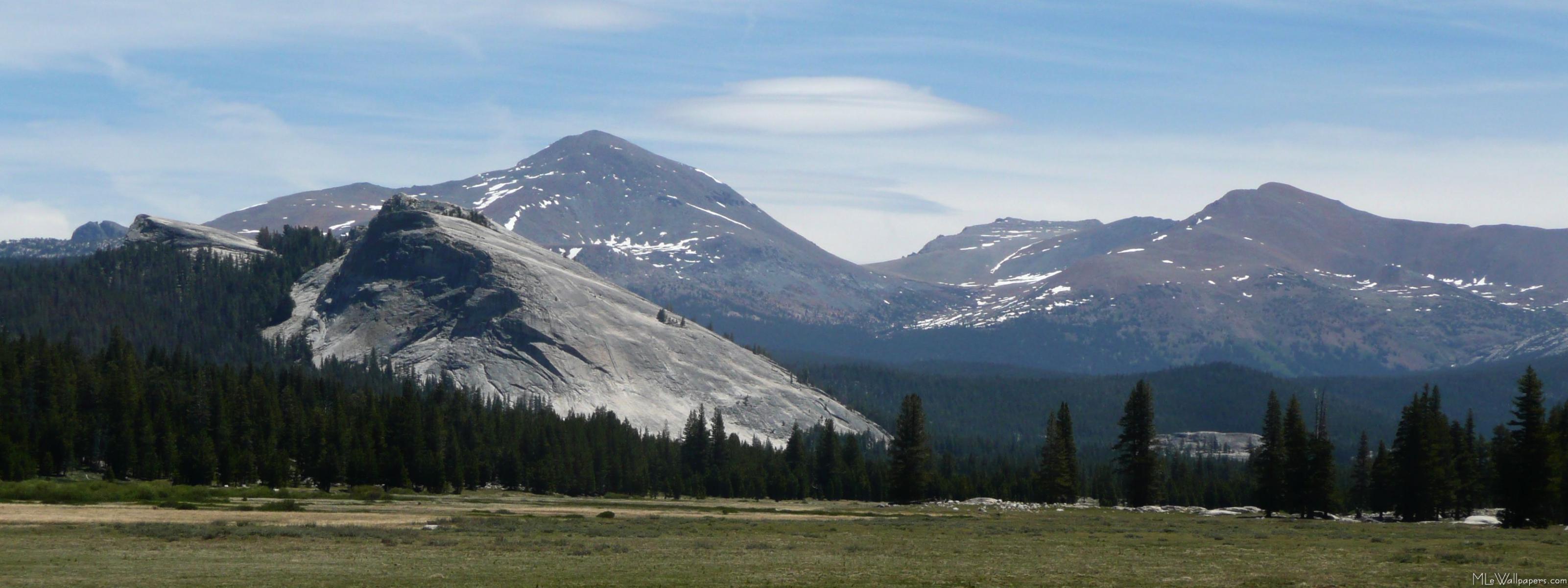So how are they related? Good question!
David Theriault showed me Thinglink as he has been kind enough to work with me in putting together the CUE presentation.(@Davidtedu is his Twitter handle and he does some truly great things with his students and is very good at sharing--you should check him out--CLICK ON THE IMAGE BELOW TO SEE WHAT HE DOES)
Using Thinglink, he made the following image to help us promote our session:
I hope you clicked on it as it's highly interactive! Thinglink allows teachers and students to take images and add all sorts of different links to other online articles, websites, videos, and other images.
We are going to use Thinglink with the participants in our session to build their own fanzines for their diverse classes. We want our teachers to see that they can build their curriculum quickly and can do it themselves and with their students.
In the image above, all of the different little red icons are "tags" as Thinglink calls them and they are links to different resources to add usability to the image. Thinglink is amazingly easy to use. It took me about 10 minutes to figure it out and then about 15 minutes to make my first Thinglink image. In less than a half hour I met, learned, and built a Thinglink image. Like I said, it's amazingly easy to use!
If you don't think so, here is Thinglink's homepage:
If that's not enough, try KQED Education's three minute Thinglink how-to YouTube video:
In my first crack at Thinglink, I created an interactive map to track Andrew Jackson's campaigns during the War of 1812. This is where my Master's program comes in. I was introduced to the Atlas of the Historical Geography of the United States by my professor, Edward Ayers, the President of the University of Richmond.
He has been teaching an excellently engaging course on, The South in United States History. He and his students had digitized this wonderful book that was published in 1933. It is a great historical artifact and archive of all sorts of extremely dense and informative maps. President Ayers has combined great historical research from about 100 years ago with the latest digital tools to take it online. It's such a great book that I have a hard time staying focused when I use it as there are so many intriguing maps. With Thinglink, we can make it interactive and even more useful with our students!
Here's what I did in 15 minutes with my first try at Thinglink:
He has been teaching an excellently engaging course on, The South in United States History. He and his students had digitized this wonderful book that was published in 1933. It is a great historical artifact and archive of all sorts of extremely dense and informative maps. President Ayers has combined great historical research from about 100 years ago with the latest digital tools to take it online. It's such a great book that I have a hard time staying focused when I use it as there are so many intriguing maps. With Thinglink, we can make it interactive and even more useful with our students!
Here's what I did in 15 minutes with my first try at Thinglink:
As you can see from the map above, I have added different types of websites with overviews, videos of the War of 1812, and primary documents, which will give students a more three dimensional and interactive view of this otherwise static map. We have taken a great historical resource and given our students a more hands on way of using it.
I am going to have my students choose their own different maps to help them review for the AP US History exam. They are going to work individually and in groups to produce their own online versions of a geographic history of the United States, which they and their classmates can use to fully understand how US history works for them.
Somehow, a presentation for CUE and a class in my Master's in US history program were able to come together to help my students and me have a new set of tools to understand what we are learning. That's what I call digital serendipity. What do you think?
Learning is my Business!






No comments:
Post a Comment